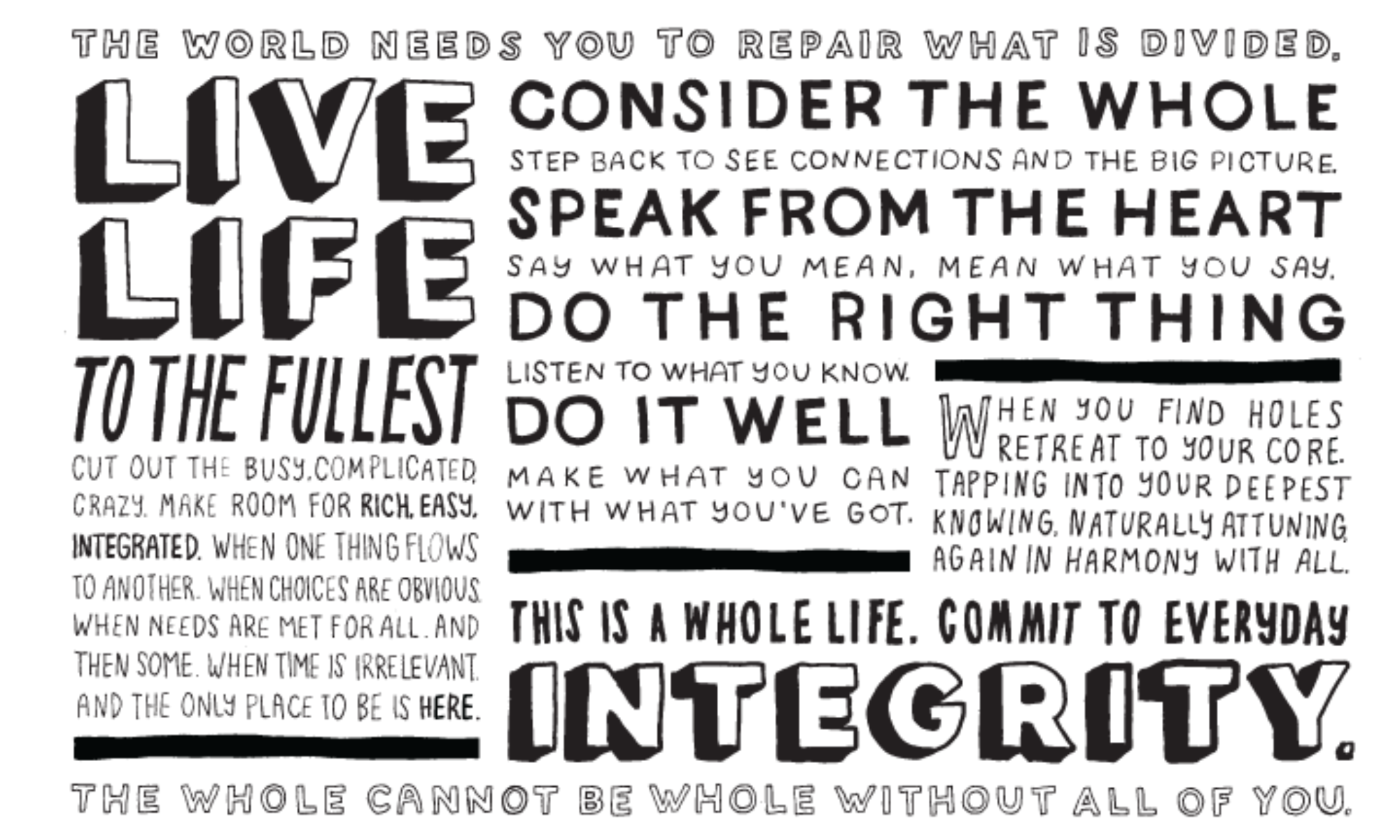When you hear someone say, “that person needs to grow up,” it doesn’t usually sound like a compliment or even an objective observation.
No, it sounds like a judgement.
They are not mature.
They have not grown up.
They are not a so-called grown up.
Growing up is the term we use in American culture to describe the process of maturing.
This is typically coupled with the aging process. One gets older year by year, and theoretically wiser.
There are so many examples and metaphors of how we equate up with better.
And better with superior.
It creates a sense of better than/less than.
But, if life is a process of maturing, then when is one ever grown up?
Don’t Grow Up
In some aboriginal cultures, one does not age just because there’s been a full rotation of the sun from their birth date.
One ages and celebrates a birthday party of sorts as a rite of passage or once they feel they’ve developed as a person or increased their mastery. Often specifically related to their vocation and role in the tribe.
This sounds more like how Buddhist’s ascend levels of enlightenment over the course of many lives. The ultimate level, where they have finished maturing, is liberation from the cycle of rebirth and death, what we commonly refer to as nirvana.
How do they grow up, er, ascend?
By following the Noble Eight-fold Path each lifetime.
How do they follow the path?
My guess: by growing in and growing out, not by growing up.
Growing In
Growing in, we come into integrity with ourselves.
We gain knowledge and wisdom about who we are, who we have been and who we will become.
In Essential Spirituality, Dr. Roger Walsh describes the three parts of knowing oneself.
I imagine it as concentric circles:
- The center circle, what’s deep within us, is our truest “self,” our soul.
- The next circle is our inner self where our secrets, hopes and fears lie, as well as our beliefs and self-image.
- The outside circle is our outer self, our surface emotions, habits and personality.
Through discernment, the process of obtaining spiritual direction and understanding, we regain a sense of knowing.
In seeking answers or clarity, we often look within through meditation and prayer. And we look without through discussion and study.
According to Walsh, we seek wisdom:
- in nature
- in silence and solitude
- from the wise
- in ourselves
- from reflecting on the nature of life and of death
Discernment reminds me of research and experimentation. Testing a hypothesis, a current idea, to grow new understanding.
My discernment has presented itself in this way: as a learning journey, similar to the “personal legend” in Paulo Cohelo’s fable, The Alchemist, toward the next thing I need to learn about being.
Each journey may last a few months or a few years, yet has a cycle beginning and ending at the next learning journey.
Sometimes it directly relates to big life decisions, but often it’s the daily choices related to being in the world as it actually is.
As former First Lady Eleanor Roosevelt said, we decide “to accept the fact that [a person] must be what they are, life must be lived as it is and you cannot live at all if you do not learn to adapt yourself to your life as it happens to be.”
The end of Mary Oliver’s poem “To Begin With, the Sweet Grass” speaks to these journeys of growing in:
I have become older and, cherishing what I have learned, I have become younger.
And what do I risk to tell you this, which is all I know? Love yourself. Then forget it. Then, love the world.
Growing Out
Growing out, we come into integrity with the world.
As Oliver says, we love the world.
“I want to see myself at once at the center of the universe—influencing its course with every word, thought, and deed—and at the same time a minute instrument of the cosmos acting in harmony with others,” wrote Robert Greenleaf in his essay about “The Requirements of Responsibility.”
We can exist in this cohesive state of opposites that Robert Greenleaf describes.
Often, my learning journeys have required some amount of both growing in and growing out at the same time.
And yet, there seem to be cycles to growth that do require one lesson before another.
Or some self-awareness prior to participating in a greater collective state.
For instance, many believe in astrological periods of a Saturn Return, the ~28 years for Saturn to complete its orbit around the Sun coinciding with the time of our birth, relating to cycles of learning journeys.
Some native cultures believe that the first seven years of the cycle are about mother, the next seven about father, the next seven about self, the next seven about community.
Just as growing in connects closely to self, growing out connects closely to community.
We discern, we test and learn, how to love the world through the way we live our life and our choices, as well as the way we show up in it, the energy we are bringing forth through these choices and actions.
Only recently have my learning journeys shifted from having a deep focus on growing in toward an emerging focus on growing out.
With fewer experiences and far less study, I know less about this process.
I sense that just as growing in is more introverted and reflective, growing out is more outgoing and active.
As such, we can seek wisdom:
- in nature through interacting, not observing
- in exchange and engagement
- from the wise
- from fully living with others
We love the world through our full presence and through engagement in deep community, “a special sense of community that embraces not only every other human but other species and things, as well,” according to Thomas Moore in A Religion of One’s Own.
Photo Credit: Evan Cohan





